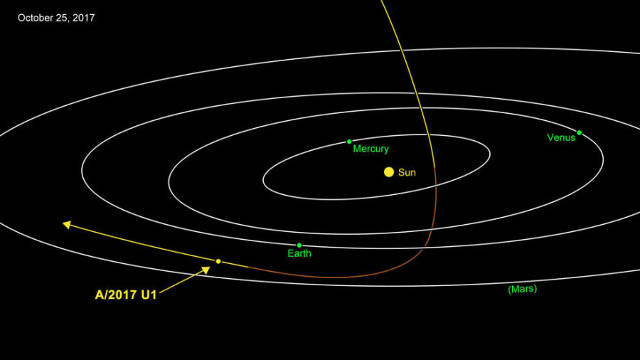
Independent pulsations for the auroras on Jupiter
An article published in the journal “Nature Astronomy” describes a research on the auroras on the planet Jupiter. A team of researchers used ESA’s XMM-Newton and NASA’s Chandra space telescopes to observe the pulsations of Jovian auroras. The study shows that the auroras pulsate independently at the two poles, unlike what happens on Earth.





